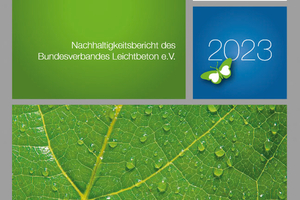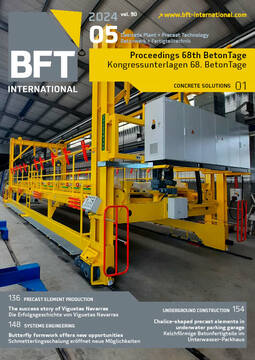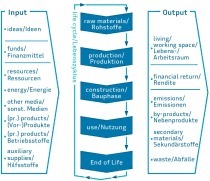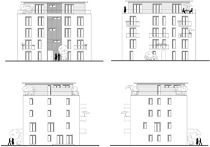Sustainability – Greenhouse gas emissions from the
production of lightweight concrete
Due to their economic importance, their resource intensity and, in particular, their current share of climate-relevant greenhouse gas emissions, the construction and real estate sectors, along with the construction materials and building supplies sectors, must play a central role in the objectives of sustainability and climate transition.
Quantifiable knowledge of the environmental impact and, in particular, the greenhouse gas emissions of construction products is therefore of major significance. Life cycle assessment in accordance with DIN EN ISO 14040 / 14044 is also used in the construction industry as a standardized and generally accepted method for determining the environmental impact. The presentation by the author of this abstract will therefore provide a concise overview of the methodology of life cycle assessment.
The lightweight concrete industry has been using this method for many years: on the one hand, to quantify the environmental impact, in particular the carbon emissions, of its pro-ducts in production, use and at the end of the product life cycle, and to make them available to the industry and other interested parties
in verified “data formats”, such as environmental product decla-rations (EPD), or to present them in its latest sustainability report (Fig. 01). On the other hand, it lays the foundation for identifying potentials for optimization and activating them in a step-by-step process. The presentation will therefore also address the central LCA developments of lightweight concrete in recent years as well as its LCA benefits (such as proximity to raw material mining sites, small proportions of energy-intensive basic materials such as binders, elimination of thermal processes in production, short distribution transport routes, potentials for permanent carbon storage).








